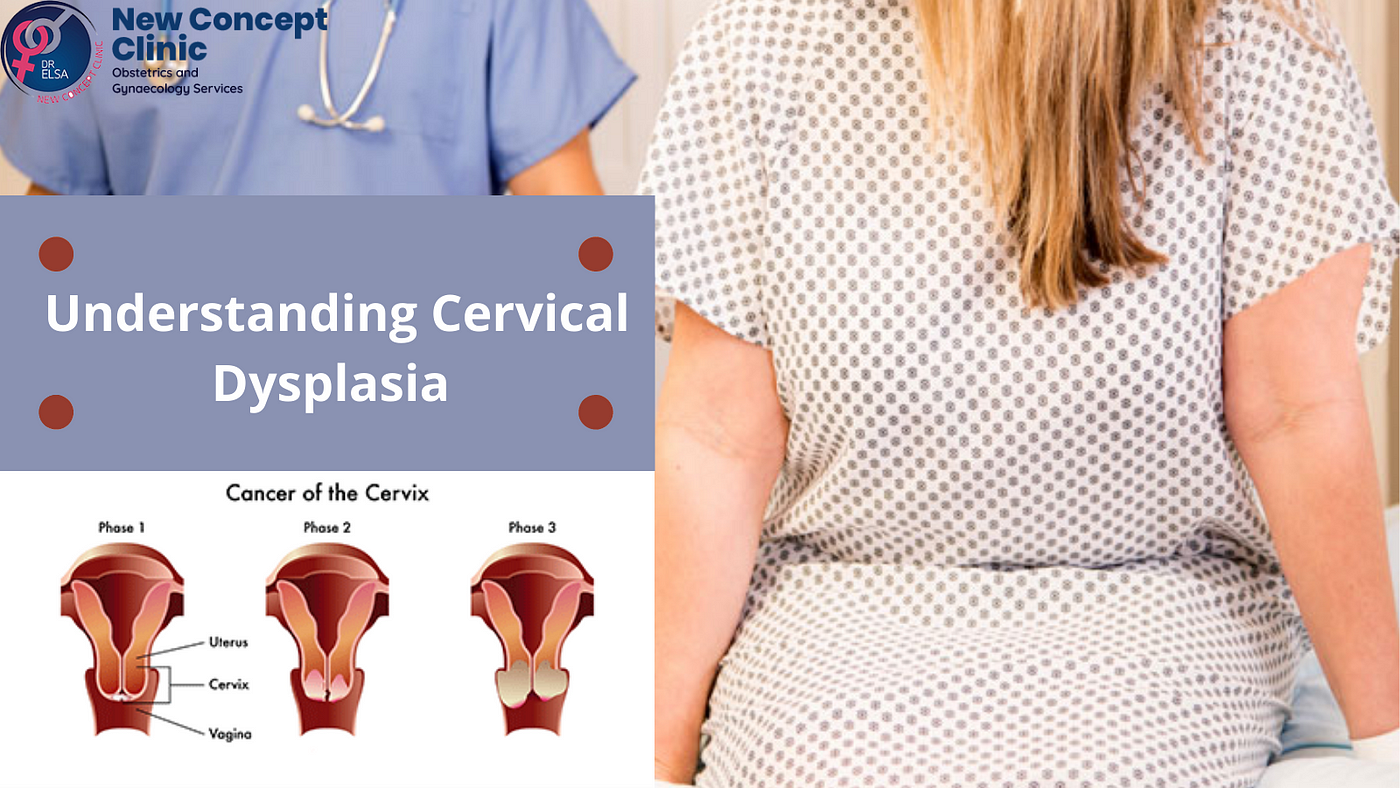
Cervical Dysplasia often called Cervical Intraepithelial Neoplasia (CIN) is a precancerous condition that occurs in a woman’s cervix (the opening between the uterus and vagina) when healthy cells on the surface lining of the cervix undergo abnormal changes. The changes and the infection happening on the lining of the cervix most commonly happen in women under age 30 and are highly associated with HPV infection (Human Papillomavirus).
Genesis of Cervical Dysplasia
In general, Cervical Dysplasia is caused due to Human Papillomavirus developing in the cervical cells. To some women, the infection persists and leads to cervical dysplasia but to most of women, their immune system helps them eliminate and clear the infection. The infection has more than 100 strains transmitted sexually.
The genesis causing the infection passes from person to person during sexual contact like vaginal intercourse or oral sex. Apart from these if a person is infected the chances of spreading the infection increases and is transmitted by any skin-to-skin contact.
Risk Factors Associated With Cervical Dysplasia
As per the health reports and Dr. Elsa, the Top Gynaecologist in Dubai, cervical dysplasia includes several risk factors that increase the risk of cervical dysplasia.
- Sexually active before 18
- Having multiple sex partners
- Smoking or chewing tobacco
- Not using protection during intercourse
- Giving birth before age of 16
Detection Process of Cervical Dysplasia
As there are no symptoms because the changes in the cell are invisible to our eyes so the diagnosis of the cervical dysplasia infection generally appears during a routine pap test. It is the only test that helps identify mild, moderate, and severe conditions of the infection. During the pap test, the doctor swabs the cervix and collects the samples of the cells, and sends it to the lab for the test. The test takes around 3 weeks to deliver the final reports related to the infection.
Treatment of Cervical Dysplasia
With zero symptoms the treatment of the infection cervical dysplasia depends on the severity of developing abnormal cells, age of the patient, and other factors. In case of mild cervical dysplasia, continuous monitoring of pap tests is good to go, and for moderate and severe cervical dysplasia there are other medical treatment methods like:
- Cone Biopsy
- LEEP
- Cryosurgery
- Electrocauterization
- Laser surgery
With higher risk factors involved in the treatment of the infection women suffering from the infections are advised to discuss their risk points before the treatment. Look for a doctor, consult them, share your problems, talk about the risky points involved in the condition, and then move forward accordingly for the treatment.
For a woman suffering from Cervical Dysplasia, it is advised to constantly appear for the pap test and work on it to eliminate the risk of the infection. It is advised to go through repetitive pap tests every 6 or 12 months and appear for HPV DNA test as well with regular follow-up sessions with the doctors. To seek good guidance and treatment one can visit Women’s Obstetrics Health in Dubai for proper screening and treatments, etc.
No comments:
Post a Comment